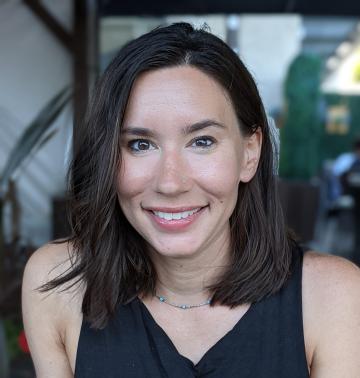A good story rarely stays put for long. Since the advent of Indian cinema more than a century ago, novels, poetry, and short stories have provided a rich source of inspiration for filmmakers. As these stories move across time, space, and media forms, their meanings shift, sparking new interpretations and cultural conversations.
In this course, we will study films alongside their literary inspirations, ranging from popular adaptations of the British canon to art film interpretations of Urdu feminist literature. We will begin by examining the reevaluation of the British canon, exploring how recent adaptations of Shakespeare engage with the legacies of colonial education in India. We will then analyze allegorical stories about the transition from Muslim to British sovereignty in South Asia in the mid-19th century—stories that resonated with both British imperialists and anti-colonial activists, and that found renewed popularity in 1970s and 1980s cinema.
Moving forward, we examine the promises and anxieties of decolonization and the early independence period through stories about womens’ roles in society. Finally, we will consider how literature and film have been perceived as threats and explore the legal structures that have been used to suppress the arts.
Along the way, we will ask key questions: How does adaptation create meaningful differences? What are the risks and opportunities of transforming a short story into a two-hour epic? What are the power dynamics and potential aesthetic questions involved in shifting language of production from English to Hindi? Does the process of adaptation automatically uphold the values of the original, or can a story be made to speak against itself? Is a good literary source necessary to produce a great film? Students will gain familiarity with key terminology and analytical frameworks, equipping them to write thoughtfully about different media forms. This course invites students to examine the dynamic interplay between literature and film while reflecting on the cultural and historical forces that shape their adaptations.
